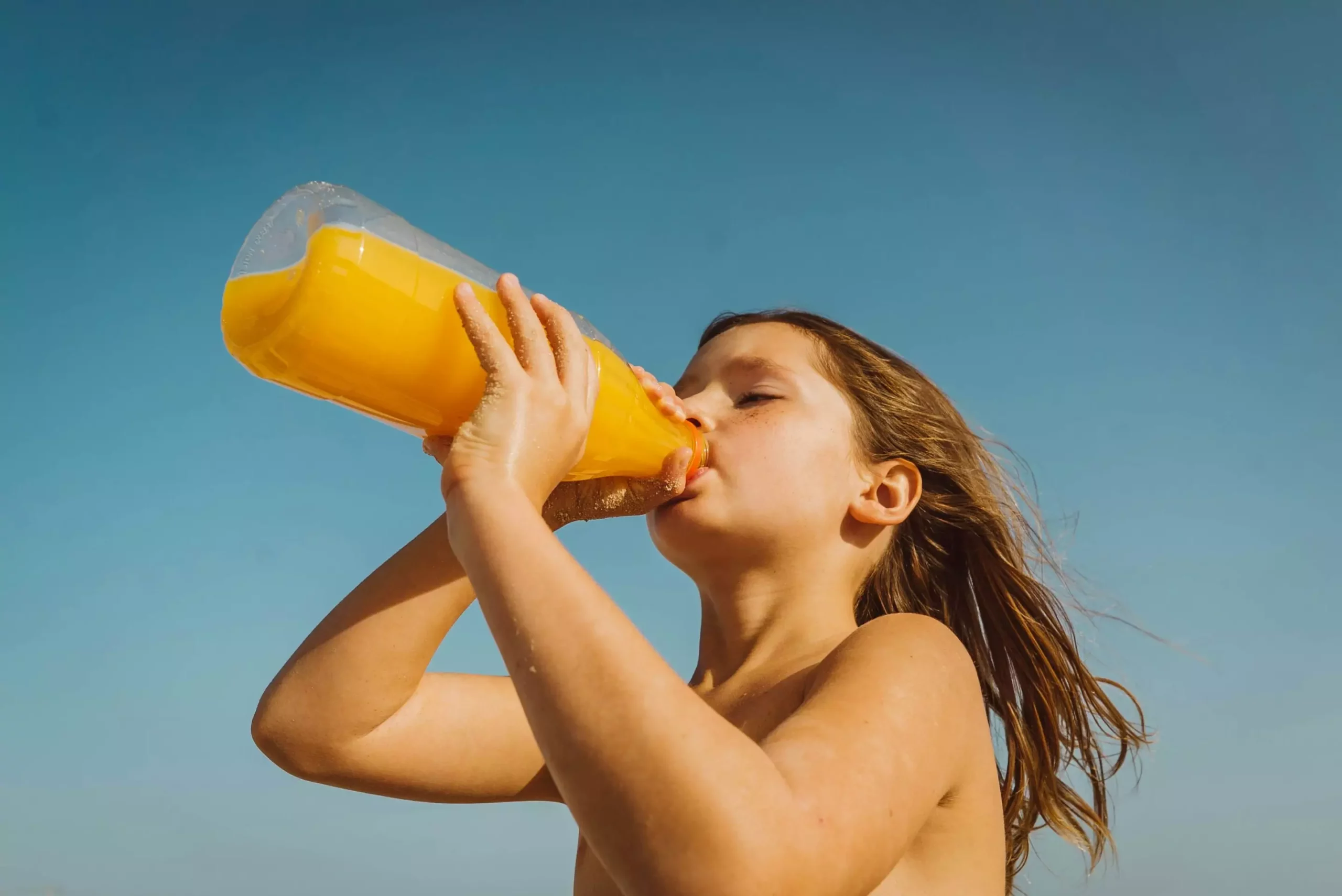When it comes to selecting the most sustainable packaging option for a 12-ounce, single-serve container of orange juice, many consumers instinctively gravitate towards glass. This trend, perpetuated by the aesthetic appeal and perceived eco-friendliness of glass containers, overlooks a complex reality that highlights a significant misunderstanding about sustainability. A recent study by food scientists at the University of Massachusetts Amherst, led by Ph.D. candidate Nomzamo Dlamini, casts doubt on this widely held belief. Although consumers rank glass packaging highest in terms of sustainability, the study reveals startling findings that challenge this preference.
Behind the Numbers: Examining Lifecycle Assessments
The research revealed that glass, despite its popularity and reputation, is one of the least sustainable options when evaluating the entirety of its lifecycle. This includes everything from production and transportation to end-of-life disposal. Dlamini’s revelation that the production and recycling of glass consume significantly more energy than those processes for plastic took many—including herself—by surprise. Notably, the study found that the energy required to both create and recycle glass is substantially higher than that for plastic. Additionally, the lightweight nature of plastic means that it requires less energy to transport, a crucial factor that comes into play when considering the carbon footprint associated with moving these products from manufacturer to consumer.
The Surprise of Cartons: A Sustainable Alternative
So, which packaging type emerges as the most sustainable in the case of orange juice? Surprisingly, it’s the carton. The study emphasizes that cartons, often perceived as less premium than glass, outperform glass and even aluminum in terms of overall sustainability. The aseptic sealing process used for cartons utilizes steam and is energy-efficient compared to the retort systems associated with glass. This insight redirects the focus from entrenched consumer beliefs towards evidence-based findings, opening a crucial dialogue about the need for informed decision-making in sustainability.
Consumer Perceptions: The Price Factor
Diving deeper into consumer attitudes, the study highlights that even amongst those who intended to prioritize sustainability, the final determining factor in their choices was price. In a marketplace where consumers often seek the most economical options, the findings suggest that sustainable packaging must not only meet environmental benchmarks but also be economically viable. In fact, the ideal choice based on the survey of 847 adult consumers involved a container priced at $1.10 per 12 fluid ounces, packaged in glass, locally sourced, and marketed as 100% recyclable. This points to a substantial gap between consumer desire for sustainable options and the financial feasibility of accessing them.
Driving Change: Educating for Sustainability
The research underscores a critical opportunity for manufacturers within the food industry to educate consumers on sustainable packaging choices. Labels that clearly define the sustainability credentials of a product can significantly influence consumer decision-making. Dlamini and her colleagues argue that while consumers express an intention to purchase sustainable packaging, they need to understand the practical implications of those choices. It’s a clarion call for brands to not only embrace sustainable practices but to also communicate them transparently.
Beyond Packaging: Addressing Food Waste
However, the conversation about sustainability cannot hinge solely on packaging; another, perhaps more impactful area is the reduction of food waste. The study concludes that while packaging choices do play a role in sustainability, the most effective means of making a positive environmental impact lies in addressing food waste. As consumers, understanding that reducing waste can augment overall sustainability efforts is vital. This underscores a broader perspective on how we can collectively shift towards a more sustainable food system that transcends packaging and addresses waste challenges head-on.
By reevaluating our understanding of sustainable packaging in light of recent research, we open the door to a more nuanced dialogue about how best to implement sustainable practices in food and beverage consumption. Recognizing the complexities inherent in our choices can drive more informed decisions in support of our environment—and ultimately lead to a more sustainable future.

